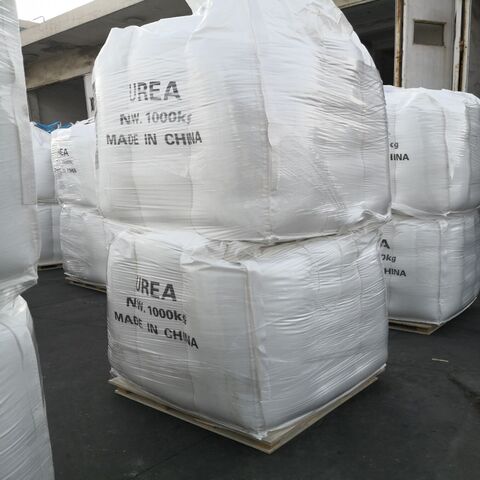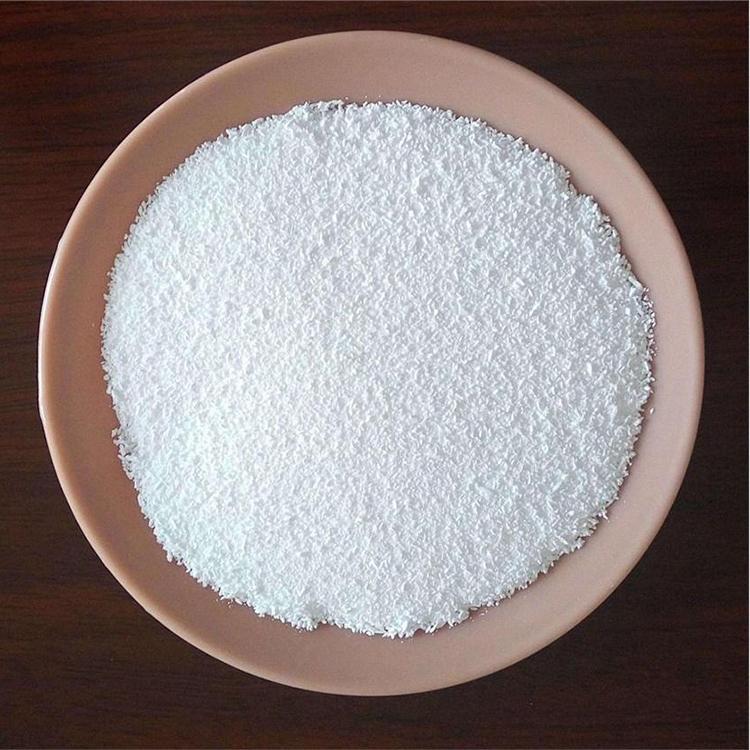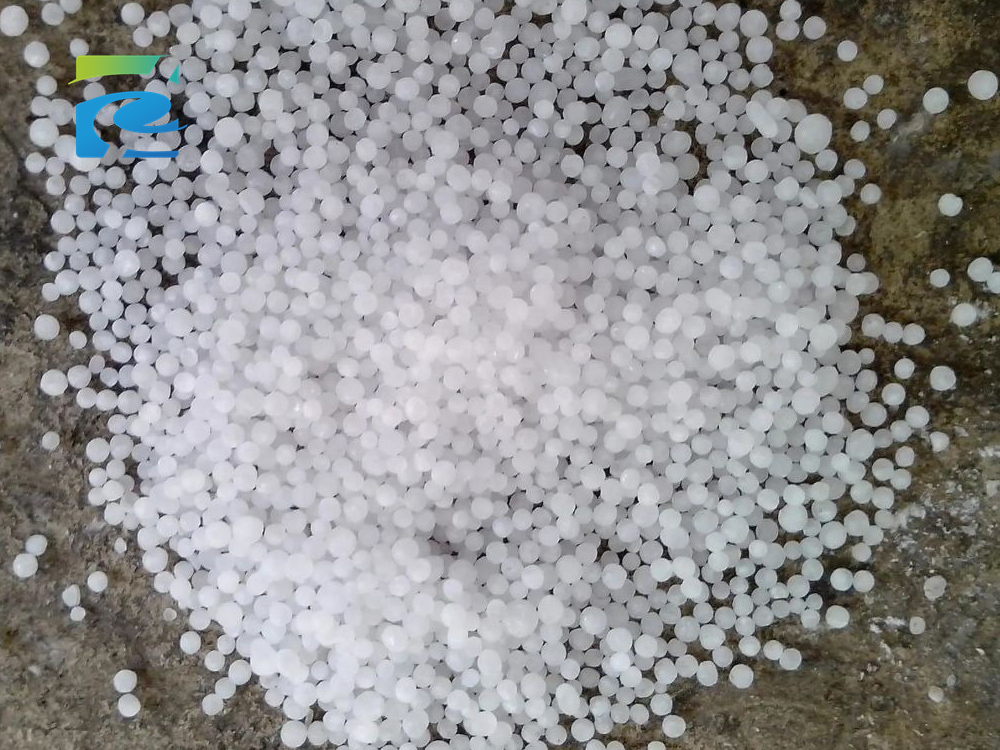Basic information, execution standards, and fertilization points of urea
Time : 2025/02/13
1. Basic information of urea
Urea, known as carboxamide, is an organic compound composed of carbon, oxygen, nitrogen and hydrogen, showing a white crystal form. It is not only the basic substance of life, but also one of the simplest organic compounds. Its chemical formula is CH4NO2, and its molecular weight reaches 60.06. Under the high temperature and pressure and the action of catalyst, ammonia and carbon dioxide can react to produce urea. It is worth mentioning that the nitrogen content of urea is as high as 46%, making it the highest solid nitrogen fertilizer at present. At the same time, urea has excellent water solubility, and at 20℃, it can dissolve up to 105g of urea in 100g of water. When urea in nutrient solution meets urease, it will gradually transform into ammonium carbonate and further dissociate into NH4+ and CO32- ions in water.2, urea implementation standardsGB/T 2440-2017 is an implementation standard for agricultural urea and industrial urea synthesized from ammonia and carbon dioxide. According to this standard, agricultural (fertilizer) urea products must be clearly marked with warnings on the packaging containers to remind users of the biuret components that may be contained in them, and emphasize that improper use may cause harm to crops.3. Application method of urea(1) Deeply cover the soil. If urea is applied to the surface, after 4-5 days at room temperature, most of the nitrogen will be converted into ammonia and volatilized, resulting in a utilization rate of only about 30%. Especially in calcareous and alkaline soils, the volatilization loss of ammonia is more significant. Therefore, it is suggested to carry out deep application and cover the soil.(2) Keep a distance from the crops. Because urea has high nitrogen content, high nutrient concentration and hygroscopicity, it should be prevented from being applied near the root system to avoid burning seedlings.(3) early application. Urea has an ammoniation process in soil, so topdressing crops should be 5-7 days in advance.(4) Avoid mixing with alkaline fertilizers. Urea belongs to neutral fertilizer, so it should not be mixed with alkaline fertilizer when topdressing, so as to avoid reducing fertilizer efficiency.(5) It is not advisable to irrigate immediately. Urea is not easily adsorbed before it is decomposed in soil, and if it is irrigated immediately, it will lead to a large amount of urea loss. Therefore, flood irrigation should be avoided.(6) Suitable for external fertilization. Urea has little loss to crop leaves, is easily soluble in water and absorbed by leaves, and is suitable for external fertilization. However, products with biuret content less than 0.9% should be selected and sprayed around 16:00. At this time, the transpiration is less and the stomata of leaves are gradually opened, which improves the utilization rate.4, urea fertilization "three appropriate three bogey"One should be applied deeply. Deep application can control the hydrolysis speed of urea, make it release nitrogen evenly, prevent nitrogen volatilization loss and improve utilization rate. Generally, the depth of application is about 10 cm.Second, it is appropriate to apply it early. It takes time for urea to transform in soil, and it usually takes 3-5 days in advance when topdressing is done.Sanyi spraying. As a neutral fertilizer and an organic compound, urea is beneficial to leaf absorption and is very suitable for spraying as foliar fertilizer.Avoid sticking to the seeds when applying. Biuret in urea will affect seed germination, so it is not allowed to soak or dress seeds with urea.Second, avoid shallow application. Urea is hydrolyzed into ammonium bicarbonate by microbial action after shallow application, and ammonia gas is further decomposed and volatilized, which affects the effect.The concentration of topdressing outside the root is too high. Although urea is effective as a foliar fertilizer, blindly increasing its concentration will be counterproductive. When foliar spraying, 0.8-1.0% is suitable for grain and cotton crops and 0.4-0.6% for fruit and vegetable crops.
Urea, known as carboxamide, is an organic compound composed of carbon, oxygen, nitrogen and hydrogen, showing a white crystal form. It is not only the basic substance of life, but also one of the simplest organic compounds. Its chemical formula is CH4NO2, and its molecular weight reaches 60.06. Under the high temperature and pressure and the action of catalyst, ammonia and carbon dioxide can react to produce urea. It is worth mentioning that the nitrogen content of urea is as high as 46%, making it the highest solid nitrogen fertilizer at present. At the same time, urea has excellent water solubility, and at 20℃, it can dissolve up to 105g of urea in 100g of water. When urea in nutrient solution meets urease, it will gradually transform into ammonium carbonate and further dissociate into NH4+ and CO32- ions in water.2, urea implementation standardsGB/T 2440-2017 is an implementation standard for agricultural urea and industrial urea synthesized from ammonia and carbon dioxide. According to this standard, agricultural (fertilizer) urea products must be clearly marked with warnings on the packaging containers to remind users of the biuret components that may be contained in them, and emphasize that improper use may cause harm to crops.3. Application method of urea(1) Deeply cover the soil. If urea is applied to the surface, after 4-5 days at room temperature, most of the nitrogen will be converted into ammonia and volatilized, resulting in a utilization rate of only about 30%. Especially in calcareous and alkaline soils, the volatilization loss of ammonia is more significant. Therefore, it is suggested to carry out deep application and cover the soil.(2) Keep a distance from the crops. Because urea has high nitrogen content, high nutrient concentration and hygroscopicity, it should be prevented from being applied near the root system to avoid burning seedlings.(3) early application. Urea has an ammoniation process in soil, so topdressing crops should be 5-7 days in advance.(4) Avoid mixing with alkaline fertilizers. Urea belongs to neutral fertilizer, so it should not be mixed with alkaline fertilizer when topdressing, so as to avoid reducing fertilizer efficiency.(5) It is not advisable to irrigate immediately. Urea is not easily adsorbed before it is decomposed in soil, and if it is irrigated immediately, it will lead to a large amount of urea loss. Therefore, flood irrigation should be avoided.(6) Suitable for external fertilization. Urea has little loss to crop leaves, is easily soluble in water and absorbed by leaves, and is suitable for external fertilization. However, products with biuret content less than 0.9% should be selected and sprayed around 16:00. At this time, the transpiration is less and the stomata of leaves are gradually opened, which improves the utilization rate.4, urea fertilization "three appropriate three bogey"One should be applied deeply. Deep application can control the hydrolysis speed of urea, make it release nitrogen evenly, prevent nitrogen volatilization loss and improve utilization rate. Generally, the depth of application is about 10 cm.Second, it is appropriate to apply it early. It takes time for urea to transform in soil, and it usually takes 3-5 days in advance when topdressing is done.Sanyi spraying. As a neutral fertilizer and an organic compound, urea is beneficial to leaf absorption and is very suitable for spraying as foliar fertilizer.Avoid sticking to the seeds when applying. Biuret in urea will affect seed germination, so it is not allowed to soak or dress seeds with urea.Second, avoid shallow application. Urea is hydrolyzed into ammonium bicarbonate by microbial action after shallow application, and ammonia gas is further decomposed and volatilized, which affects the effect.The concentration of topdressing outside the root is too high. Although urea is effective as a foliar fertilizer, blindly increasing its concentration will be counterproductive. When foliar spraying, 0.8-1.0% is suitable for grain and cotton crops and 0.4-0.6% for fruit and vegetable crops.
Previous : Already the first
Next : Already the first
News
 Urea is deteriorating, but ammonium sulfate exports are breaking new recordsIn recent days, the price of urea market has continued to decline, and it is difficult to improve. Only driven by futures, it occasionally rises and then falls again. Domestic urea production capacity is in excess, the market supply exceeds demand, urea enterprises are under obvious pressure, and the new orders are not good
Urea is deteriorating, but ammonium sulfate exports are breaking new recordsIn recent days, the price of urea market has continued to decline, and it is difficult to improve. Only driven by futures, it occasionally rises and then falls again. Domestic urea production capacity is in excess, the market supply exceeds demand, urea enterprises are under obvious pressure, and the new orders are not good What are the demand factors for urea among chemical products? How does this demand affect the market price?As an important chemical product, the demand for urea is affected by a variety of factors, and changes in these demand factors will cause significant fluctuations in market prices.
What are the demand factors for urea among chemical products? How does this demand affect the market price?As an important chemical product, the demand for urea is affected by a variety of factors, and changes in these demand factors will cause significant fluctuations in market prices. Latest chemical commodity cost analysis: urea and methanol are losing moneyCost data for 12 chemical commodities in the futures market have been updated. According to the latest information provided by market information, the trading prices of key chemical products such as urea, methanol, liquefied petroleum gas (LPG),
Latest chemical commodity cost analysis: urea and methanol are losing moneyCost data for 12 chemical commodities in the futures market have been updated. According to the latest information provided by market information, the trading prices of key chemical products such as urea, methanol, liquefied petroleum gas (LPG), Urea breaks out with big gains due to export newsCore view: Methanol futures prices have obvious seasonality. In the first half of the year, they tend to rise and then fall. In the second half of the year, the golden September and silver October will drive prices up. As November approaches, speculation on Iran's gas restrictions will be rampant. Methanol may have some big market trends at 2509 or 2601.
Urea breaks out with big gains due to export newsCore view: Methanol futures prices have obvious seasonality. In the first half of the year, they tend to rise and then fall. In the second half of the year, the golden September and silver October will drive prices up. As November approaches, speculation on Iran's gas restrictions will be rampant. Methanol may have some big market trends at 2509 or 2601. Urea, do you really understand?Urea has many uses, besides being known as chemical fertilizer, there are also some daily uses, such as ointment sold in pharmacies, putty powder for painting walls during decoration, etc., but the main use is to be used as fertilizer in the field. As a fertilizer
Urea, do you really understand?Urea has many uses, besides being known as chemical fertilizer, there are also some daily uses, such as ointment sold in pharmacies, putty powder for painting walls during decoration, etc., but the main use is to be used as fertilizer in the field. As a fertilizer Urea: a multifunctional basic chemical raw materialUrea, also known as urea or carboxamide, is an organic compound with white crystals. It is composed of carbon, nitrogen, oxygen and hydrogen, and is known as one of the simplest organic molecules. As a neutral fertilizer, urea is suitable for all kinds of soils and plants, and it is easy to store and use
Urea: a multifunctional basic chemical raw materialUrea, also known as urea or carboxamide, is an organic compound with white crystals. It is composed of carbon, nitrogen, oxygen and hydrogen, and is known as one of the simplest organic molecules. As a neutral fertilizer, urea is suitable for all kinds of soils and plants, and it is easy to store and use





